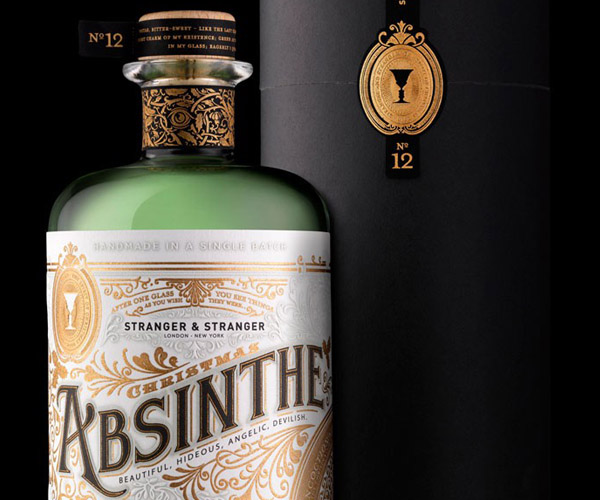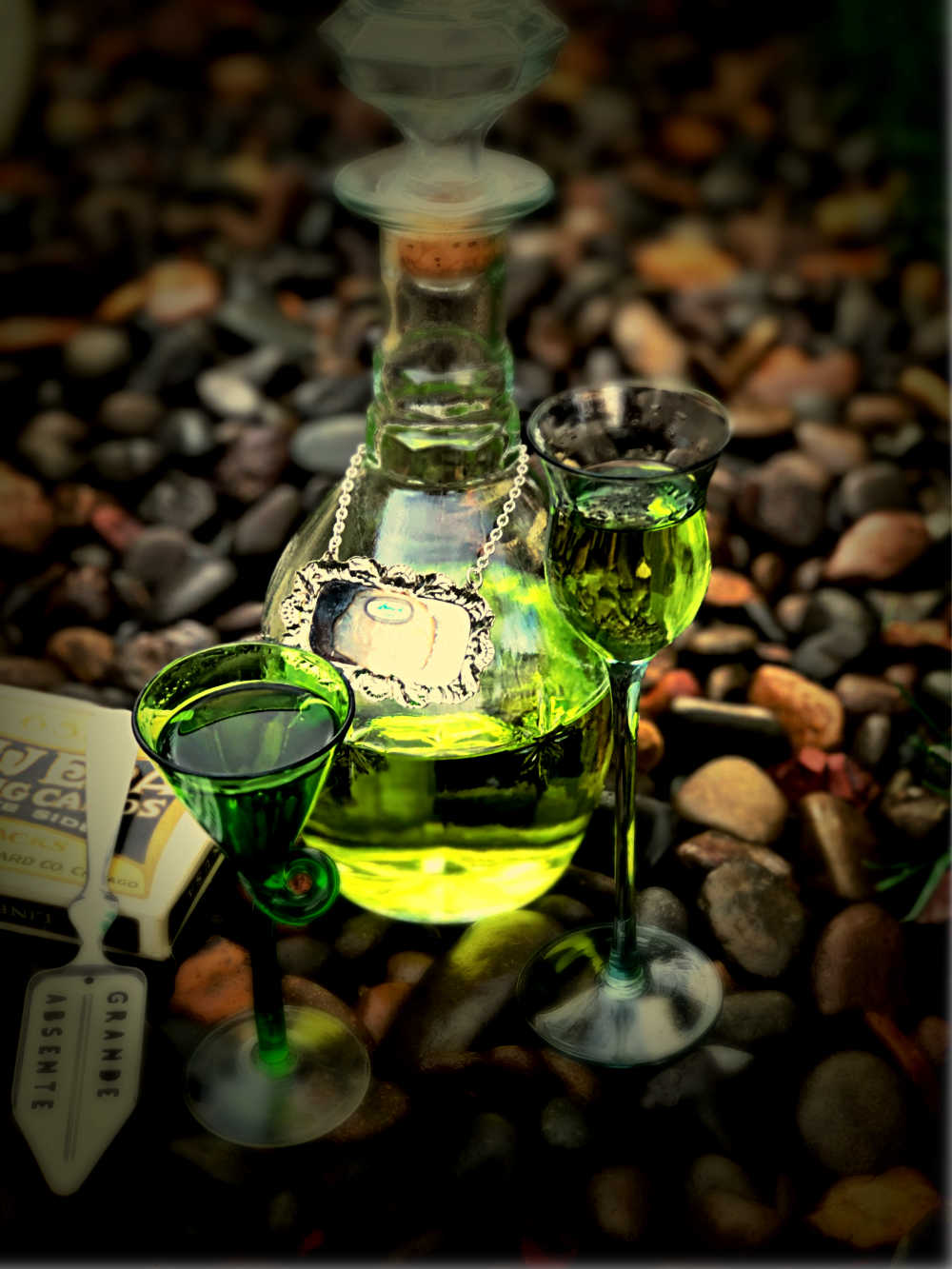

“People always sort of look at that jelly bean like, ‘Shit, maybe I’ll give it another try this time,’ and they always seem to regret it. “I always shorthand explain it to people by comparing it to the black jelly bean in the bunch,” he says. Elliott says the spirit’s high proof is to blame, as well as its “extremely extracted flavor,” which, if you’ve ever tried absinthe, you’re probably acutely aware of.
#ABSYNTH THE DRINK PROFESSIONAL#
“I’m so used to it at this point, but many bartenders don’t have any idea of how they’re going to begin to create an absinthe cocktail.”Īnd if professional bartenders are having trouble working with the stuff, it’s to be expected that home bartenders would also run into a few roadblocks. “We change the menu four times a year-I’m always a little surprised when peers of mine speak of how unusual and difficult and awesome our cocktail list is,” he says. He’s been working with absinthe and creating absinthe cocktails-including the Walcott Express (Germain Robin absinthe, Sapin 55, fresh lime, lime cordial, mint) and Inverness (La Muse Verte absinthe, Drambuie, Lillet Blanc, lemon, blueberry, cassis, cream)-since the bar opened in 2010. Elliott is the bar director at Maison Premiere in Brooklyn, NY, which specializes in oysters and absinthe-a combination that seems odd, but actually makes sense once you experience it yourself. Will Elliott is one of the few bartenders to have mastered the tricky task of not only perfecting absinthe-based classics, but also inventing new ways to tame its intensity. It’s not just because of its dark, troubled past the jade-tinged liquor clocks in at a high ABV-typically between 130 and 140 proof-and requires, shall we say, a delicate hand. Bartenders also admit that the green fairy is much more difficult to work with than the average spirit like vodka or whiskey. ttb.gov/images/pdfs/absinthe_advertisiing_announcement_final.Absinthe is one of the most intimidating spirits out there-and not just for casual drinkers.

Plus, according to various reports, many of the artists and writers who were inspired by the Green Muse also had a penchant for other mind-altering substances, including opium and hashish. And both acute and chronic alcohol use, as well as alcohol withdrawal, have been linked to psychosis.Īs for some of the world’s most significant and innovative artists believing that absinthe gave them a creative edge? They were likely referring to the effects of early stage intoxication, which includes feelings of: Though rare, chronic, heavy alcohol use can lead to hallucinations. Many of the symptoms of so-called absinthism are the same ones you can expect if you drink too much of any alcoholic beverage. And based on various reports, people with absinthism were drinking a lot. Turns out, the mind-altering effects of absinthe were probably just the result of really strong booze, according to a 2008 study.Īs with any other potent alcoholic drink, you’re going to experience some strong effects when you drink too much of it. What’s behind all those wild effects, then? People displaying absinthe-induced symptoms were said to have absinthism, a condition that’s since been debunked. These were thought to result in violent and erratic behavior.Ībsinthe was even said to cause physical symptoms, such as facial contractions, numbness, and seizures. In addition to hallucinations, absinthe was also associated with a number of negative psychotropic effects, including mania and psychosis. By then, absinthe had already been banned in the United States and other countries for several decades. It wasn’t until the 1970s, after the rise of psychedelic drugs, that scientists finally started to seriously study thujone and its effects. This led to absinthe often being called the Green Muse or Green Fairy.

It made their minds wander, which they equated with expanding their consciousness and inspiring creativity. The green aperitif became legendary in late 19th-century Paris thanks to bohemian artists and writers who reported psychedelic, mind-altering effects. Where did the whole hallucination thing come from?


 0 kommentar(er)
0 kommentar(er)
